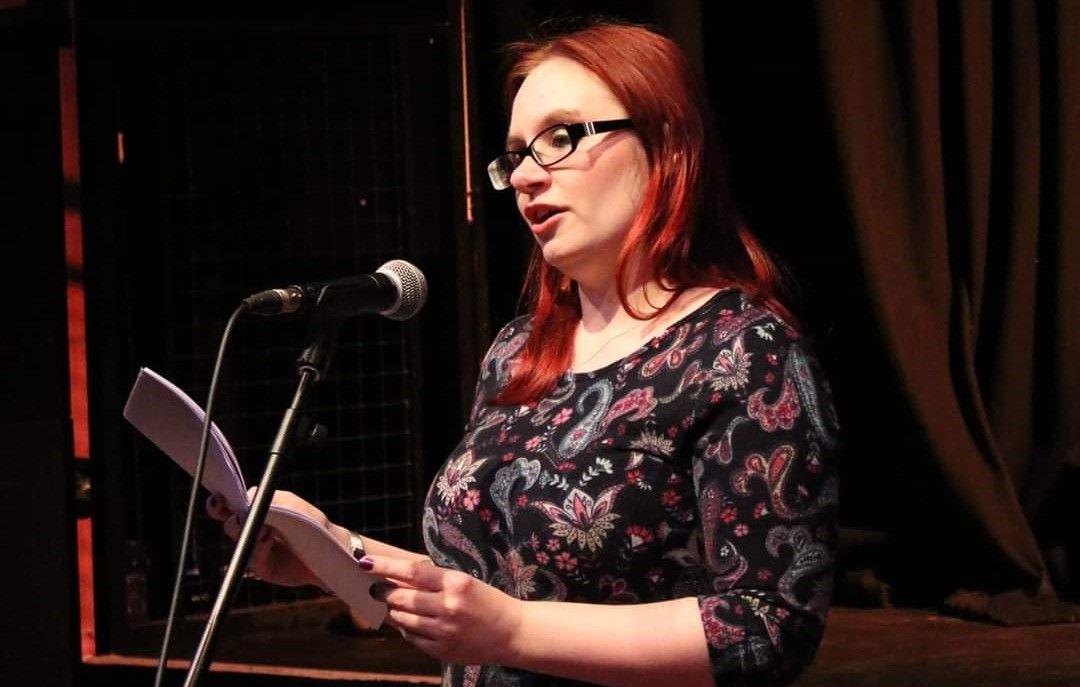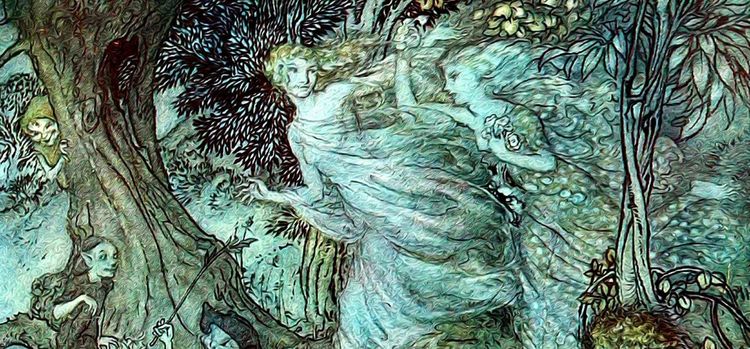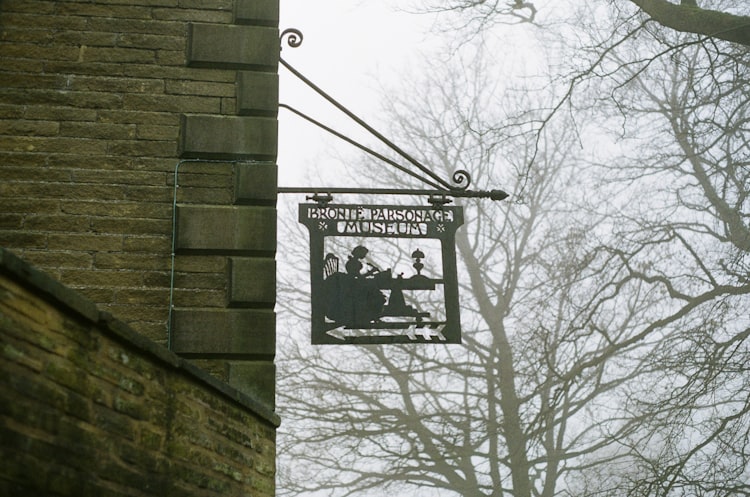Writing the self safely with micro creative nonfiction

I'd like to welcome Alice Violett (she/her) to the blog as very our first guest contributor! 🥳 Alice explains how experimenting with a new form offered her the control and containment she needed to explore the topics she wanted to write about.
A few weeks ago, I finally got around to shredding the many, many notebook pages of freewriting I produced between winter 2020 and summer 2021, when my mental health was at an all-time low.
My rationale for filling all those sheets at the time was that I’d heard about the benefits of journalling and “getting it out of your head and onto the page”. In practice, however, I kept writing myself into a hole: working myself up into prolonged frenzies, ruminating at will, and continually churning out the same affirmative messages in desperate attempts to elicit any feelings of self-worth and validity that might have been lurking within me.
There was never any question of holding on to, or harvesting seeds from, those pages. Their words were intensely private, occasionally disturbing, and quite frankly embarrassing reminders of a very unwell, virtually unrecognisable version of me who was, thankfully, banished by the right medication and therapy, alongside not-inconsiderable healing work.
The best things I can say about those jottings are that my handwriting was incredibly neat considering the state my head was in, and that whenever I accidentally read a few words before feeding them to the shredder, I was struck anew by how far I’d come in less than two years.
Sharing the joy and pain of the personal
Needless to say, I don’t think the practice of “morning pages”, which so many writers seem to swear by, is for me! But I do still want to write about myself. I’ve learned from experience that people are interested in what I have to say, and that sharing my stories can help others who are facing similar situations.
Last summer, my poet friend Mary-Ann Ambrose – knowing that I write, and am not unused to public speaking – invited me to perform at her Emotional Madness with Mary-Ann and Mates spoken-word night, which was returning that September after a covid-enforced break.
As you might have guessed from the title, Emotional Madness is all about the joy and pain of the personal, the messy, and the uncomfortable. At each show (now established as occurring roughly every three months), ten local writers deliver heartfelt poetry and prose, with mental health and neurodivergence often arising as themes.
For my first two performances, I wrote and read out fairly “classic” short stories that used my own experiences as a starting point: a monologue by a woman who hasn’t been out in public for years due to a strange and unusual condition that makes her feel self-conscious and ashamed (now published in the first Emotional Madness with Mary-Ann and Mates zine), and a story-within-a-story where two tween girls attempt to write a grown-up drama involving their favourite pop star and the school bully. Personal, with important messages I wanted to convey, but not overly so.

Towards the end of March 2023, with my third performance on the horizon, I came across creative non-fiction powerhouse Nicole Breit’s then-upcoming 555 Story Challenge – a project where, guided by daily live broadcasts with prompts and advice from Nicole, writers around the world would be challenged to write a 100-word story for each of five consecutive days.
Three things that particularly energise me to write (and submit) are a prompt, a word limit, and a short deadline, so of course I was up for it! If I picked up some inspiration for my next Emotional Madness piece along the way, even better.
Creating boundaries through microfiction
Quite aside from five micro pieces that didn’t exist before, and some new techniques that I could apply to any type of story, my main – and most valuable – takeaway from the Challenge was that writing highly personal stories doesn’t have to feel painful, self-indulgent, or obsessive.
For one thing, having a strict word limit in mind prevents me from indiscriminately tipping all of my thoughts and counter-thoughts about an event out onto the page in the first place.
In fact, crafting a piece of micro nonfiction exercises totally different muscles to freewriting. While the latter is defined by its lack of concern with exactitude – the whole point is to write something, anything– with the latter, most of the action is in the editing. Instead of potentially drowning in my thoughts, memories, and insecurities, I was fully focussed on the practicalities of getting my story across as concisely as possible.
It would take me virtually no time at all to come up with 100+ words in response to a prompt, but I’d subsequently spend hours tinkering with the piece, swapping out words and phrases, and brutally excising words and even whole sentences that weren’t pulling their weight (excessive use of one micro-blogging platform or another, and six years in web editing, may have prepared me quite well for this!).
With this stringent editing process comes a real sense of control, which is also valuable if you’re writing with publication or performance in mind. Of course, you don’t owe your audience access to anything you’d rather keep to yourself (or anything at all, for that matter), but having a word limit can help you reinforce your boundaries.
This also applies to yourself. Knowing you only have a certain amount of space to describe your experiences can protect you from taking trains of thought down tracks you find too painful, or making other people in your story too identifiable.
A patchwork of creative non fiction
While I was pleased with the five stories I produced during the Challenge, they were just practise, experimentation, and getting used to the form. But I did end up using my experiences from the week to compose my third Emotional Madness piece – a patchwork of five 250-word stories, bookended by two 100-word stories, describing various (mostly unhelpful) interactions I’d had with healthcare workers between the ages of 12 and 33.
Again, this was largely an editing exercise – I was still fiddling with the words on my printed copy when I was practising reading my piece aloud the day before the show!
It can be difficult to gauge, after performing, how your work went down with the audience. You’re cresting an adrenaline wave (to be followed, inevitably, by a crash the next day), the next person has taken the mic, you might be fixating on the line fluff that only you noticed or remember. However, I did get positive feedback from audience members and other performers about the vulnerability, power, and relatability of my piece.
I don’t know, as yet, where "Adventures with Healthcare Workers" will end up – I’m keeping an eye out for suitable competitions and submission opportunities – but in the meantime, I’m planning to use the patchwork creative nonfiction format again for my next Emotional Madness slot on 29 August, and have a few buds of ideas for its theme.
Alice Violett (she/her) is a web editor and book blogger from Colchester, UK. She writes short fiction and creative non-fiction, and regularly performs her work at the quarterly Emotional Madness with Mary-Ann and Mates show at Colchester Arts Centre. Visit https://www.draliceviolett.com/all-the-links to connect with her on your platform of choice.





Member discussion